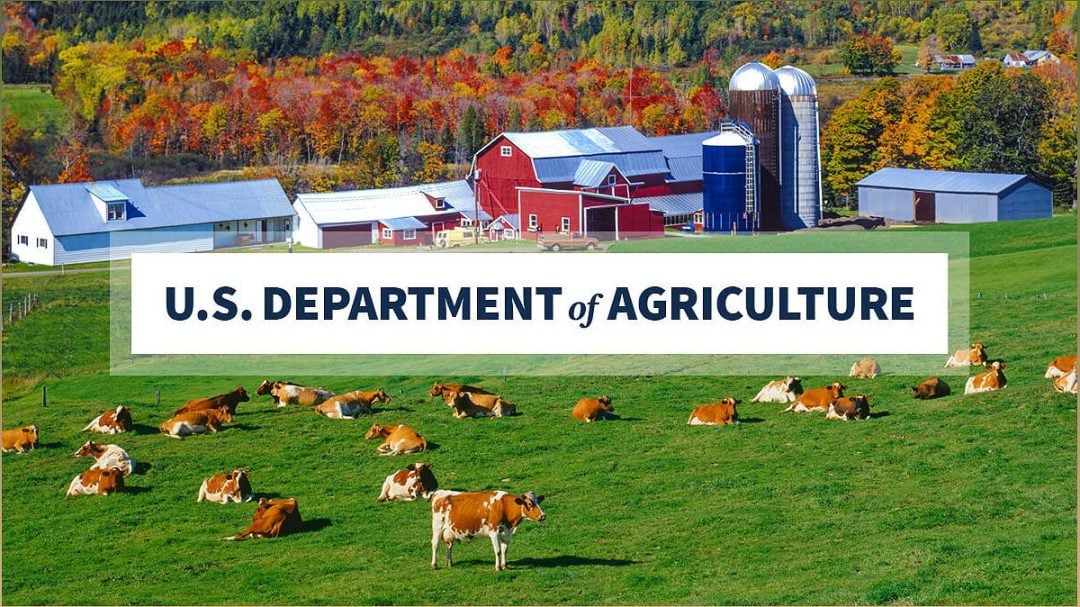Closing the Gap: Ensuring Access to Vital Nutrition for Eligible Individuals
The Special Supplemental Nutrition Program for Women, Infants and Children (WIC) plays a crucial role in the health and well-being of millions of moms, babies, and young children in the United States. However, recent research reveals that over 6 million eligible individuals are not benefiting from the program. In this article, we will explore the challenges and solutions to close this gap and ensure access to vital nutrition for those who need it most.
The Importance of WIC for Moms, Babies, and Young Children
Understanding the crucial role of the Special Supplemental Nutrition Program for Women, Infants and Children (WIC) in promoting the health and well-being of moms, babies, and young children.
WIC is a lifeline for millions of moms, babies, and young children in the United States. This program provides supplemental nutritious food, nutrition education, breastfeeding support, immunization screening, and health and social services referrals.
Research has shown that WIC benefits have a positive impact on various aspects of health, including healthier eating habits, reduced infant deaths and premature births, increased birth weights, and lower healthcare costs.

By ensuring access to vital nutrition and support services, WIC plays a crucial role in setting the foundation for a healthy future for moms, babies, and young children.
The Gap in WIC Participation
Exploring the concerning gap between the number of eligible individuals and those actually benefiting from the WIC program.
Despite the importance of WIC, recent research reveals a significant gap in participation. Out of approximately 12.13 million eligible moms, babies, and young children in 2021, only 51% actually participated in the program.
This means that over 6 million eligible individuals are not accessing the vital nutrition and support provided by WIC. This gap raises concerns about the well-being of those who are missing out on these essential services.
It is crucial to address this participation gap and ensure that all eligible individuals can benefit from the WIC program.
Factors Contributing to Low WIC Participation
Examining the various factors that contribute to the low participation rates in the WIC program.
Several factors contribute to the low participation rates in the WIC program. One key factor is the lack of awareness and understanding of the program among eligible individuals. Many people may not be aware of the benefits and services offered by WIC or may face barriers in accessing information about the program.
Additionally, logistical challenges such as transportation issues, limited clinic hours, and complex application processes can deter eligible individuals from participating in WIC. Language barriers and cultural differences may also play a role in the low participation rates among certain communities.
Addressing these factors and implementing strategies to increase awareness and accessibility can help bridge the gap and ensure that more eligible individuals can benefit from WIC.
The Importance of Congressional Funding for WIC
Highlighting the critical role of congressional funding in supporting and expanding the WIC program.
Full funding from Congress is essential to sustain and expand the WIC program. Adequate funding allows the U.S. Department of Agriculture’s Food and Nutrition Service to provide robust benefits and services to all eligible individuals.
However, without sufficient funding, some states may be forced to put eligible families on waiting lists, depriving them of the vital nutrition and support provided by WIC. It is crucial for Congress to prioritize and allocate the necessary funds to ensure that every eligible low-income mom, infant, and child can access the nutrition they need to thrive.
The Biden-Harris Administration has recognized the importance of funding WIC and has requested Congress to support increased participation. It is now up to Congress to take action and ensure the well-being of millions of moms, babies, and young children across the country.
The Path Forward: Closing the WIC Participation Gap
Exploring potential solutions and actions to close the gap in WIC participation and ensure access to vital nutrition for eligible individuals.
Closing the WIC participation gap requires a multi-faceted approach. Increasing awareness about the program and its benefits is crucial. Outreach efforts should target eligible individuals and communities, providing clear and concise information about the services offered by WIC.
Simplifying the application process and addressing logistical barriers can also help increase participation. This includes expanding clinic hours, improving transportation options, and providing language assistance to overcome communication barriers.
Furthermore, continued support and sufficient funding from Congress are vital to sustain and expand the WIC program. By investing in WIC, we can ensure that every eligible individual, regardless of their socioeconomic background, can access the vital nutrition and support they need to thrive.
